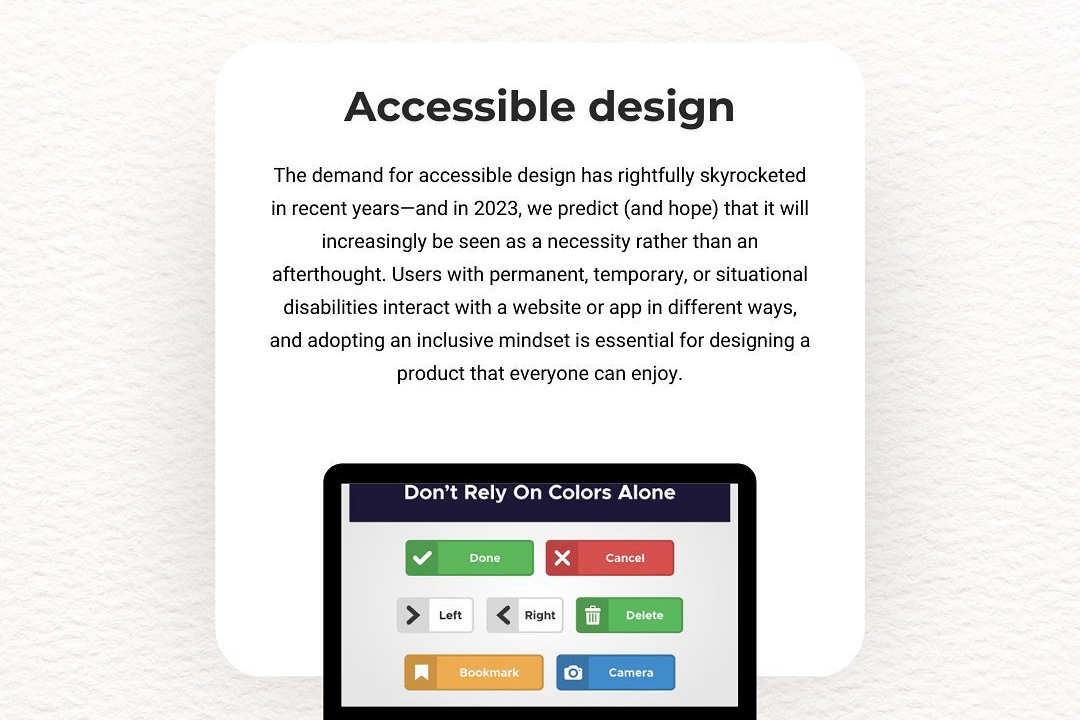Building A Responsive IOS UI
Creating an Adaptive UI for iOS
Building A Responsive IOS UI
Building a responsive iOS UI involves designing an interface that adapts seamlessly to various screen sizes and orientations across Apple's range of devices, including iPhones and iPads. This can be achieved by using Auto Layout, which allows developers to create flexible layouts that automatically adjust based on the constraints set for UI elements, ensuring that they maintain proportional sizing and positioning. Additionally, utilizing size classes helps to tailor designs for different environments, such as compact versus regular sizes, to provide a consistent user experience. Leveraging SwiftUI's declarative UI framework can further simplify the creation of responsive layouts, as it dynamically updates the UI based on state changes and accommodates multiple device types with minimal additional code. Overall, the focus is on fluid design principles, ensuring that the user interface remains intuitive and functional, regardless of the device being used.
To Download Our Brochure: https://www.justacademy.co/download-brochure-for-free
Message us for more information: +91 9987184296
1 - Understanding Responsive Design: Explain the principles of responsive design, emphasizing the importance of adaptive interfaces that work across various device sizes and orientations.
2) Auto Layout Basics: Introduce Auto Layout, a powerful system for building responsive UIs in iOS. Cover constraints, stack views, and how they help maintain layouts across different screen sizes.
3) Size Classes: Discuss size classes in UIKit, which provide a way to adapt your interfaces based on the device size and orientation, allowing developers to design UIs effectively.
4) Views and View Controllers: Explain the role of views and view controllers in iOS applications, how they interact, and how to structure UIs using a hierarchical model.
5) Using Safe Areas: Teach students how to use Safe Areas to ensure that content is properly displayed and accessible on devices with notches and home indicators.
6) Dynamic Type: Highlight the importance of supporting Dynamic Type, enabling users to adjust font sizes for accessibility, which ensures that text remains legible across different settings.
7) Designing for Touch: Discuss the importance of touch targets and spacing to create a responsive experience that is easy to navigate with fingers on various screen sizes.
8) Responsive Images and Media: Explain how to use images and media effectively by employing different resolution assets (1x, 2x, 3x) to ensure high quality visuals on all devices.
9) Testing on Multiple Devices: Emphasize the importance of testing UIs on different devices and simulators to ensure the design works as expected across the iOS ecosystem.
10) Using Scroll Views: Teach how to implement scroll views to create flexible layouts that can adapt to content size and allow better navigation through long content.
11) Component Reusability: Discuss the importance of creating reusable components and custom views to maintain consistency and reduce redundancy in UI design.
12) Adaptive Layout Techniques: Introduce adaptive layout techniques such as using different layouts for varying screen sizes (e.g., iPhone vs. iPad) through trait collections.
13) Performance Considerations: Cover performance best practices to ensure responsive UIs do not lag or stutter, including efficient use of images and animations.
14) Using SwiftUI: Introduce SwiftUI as a modern framework for building responsive UIs with declarative syntax, explaining its benefits and how it simplifies layout management.
15) Animation and Transitions: Discuss how to effectively use animations and transitions to enhance responsiveness and create a smoother user experience.
16) Accessibility Best Practices: Explain how to build accessible UIs that consider all users, including those with disabilities, ensuring inclusivity in application design.
17) Feedback and Iteration: Teach how to gather user feedback on the UI to continuously improve and iterate on the design based on real world usage.
This framework provides a comprehensive overview of building a responsive UI in iOS and serves as a solid foundation for a training program aimed at students looking to enhance their iOS development skills.
Browse our course links : https://www.justacademy.co/all-courses
To Join our FREE DEMO Session: Click Here
Contact Us for more info:
- Message us on Whatsapp: +91 9987184296
- Email id: info@justacademy.co
Android Application Training Bulandshahr












